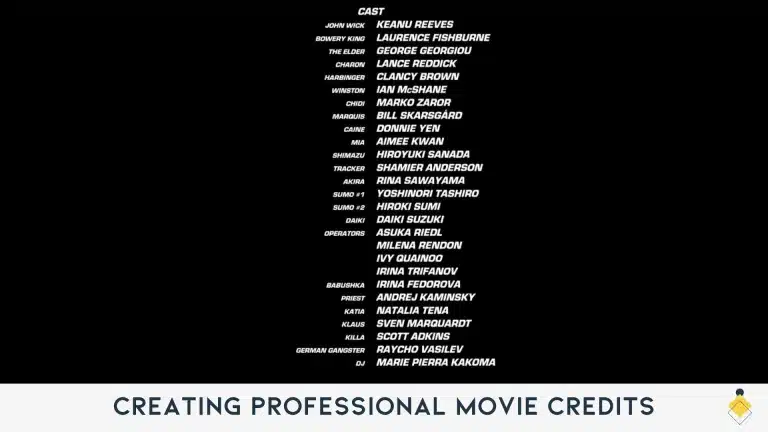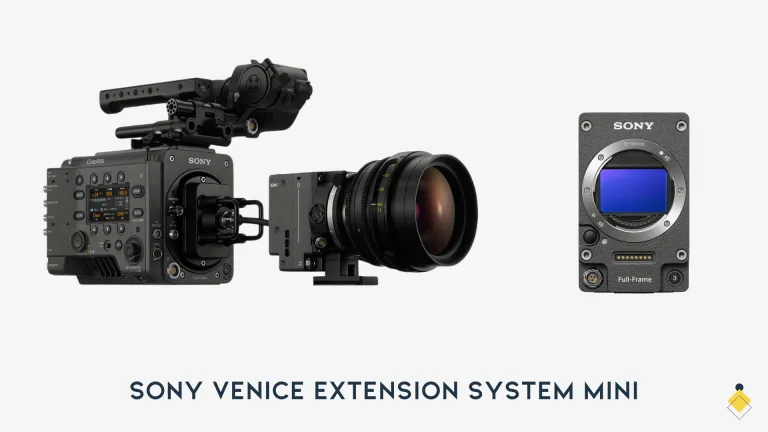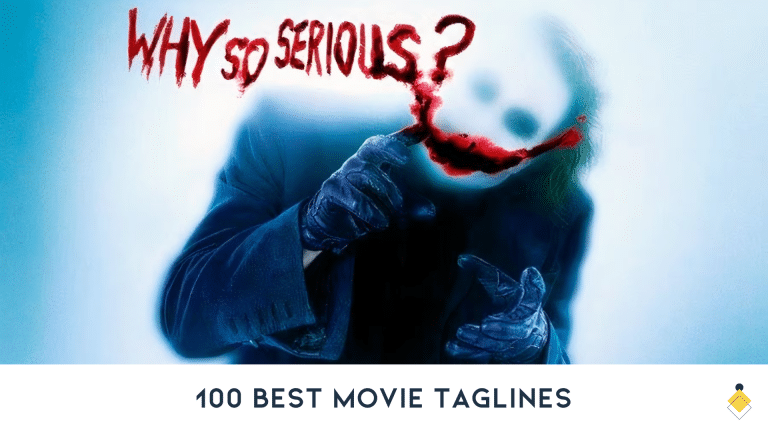Wide shots are a fundamental filmmaking technique used to establish settings, convey scope and scale, and allow the audience to orient themselves within a scene.
This article will provide an in-depth examination of wide shots. From definitions and common types to expert tips on how to use them effectively.
Wide shots are one of the most versatile camera techniques available to filmmakers. Getting the wide shot right can make all the difference in setting the stage visually and tonally for a film.
Read on to learn when and how to utilize wide shots for maximum impact.
What is a Wide Shot?
A wide shot (also known as a long shot or full shot) shows the entire object or human figure on screen. Wide shots are wider than medium shots and reveal more of the setting and background. They can be used to establish the scope of an environment or scene.
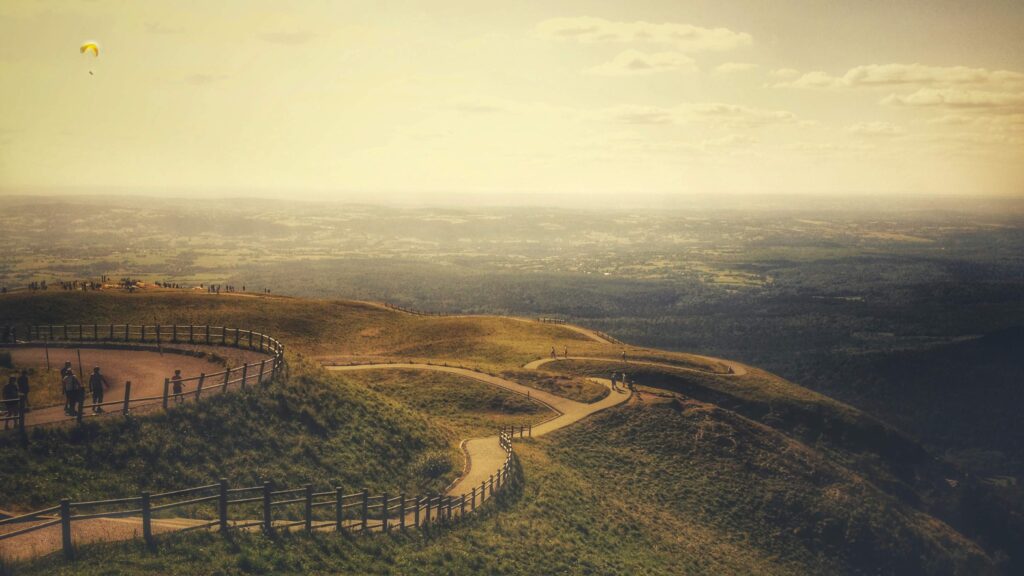
Wide shots are often utilized as the first shot in a scene. They help orient the viewer by showing the spatial relationships between important elements in the frame. The use of an establishing wide shot helps viewers understand where the ensuing action is taking place.
Types of Wide Shots
There are several common types of wide shots, ranging from the extreme wide to the long shot. Each serves a slightly different purpose.
Here are some of the most popular wide shot varieties:
Extreme Wide Shot
The extreme wide shot (also known as an x-wide shot or ultra wide shot) shows a panoramic view of an entire outdoor location or expansive interior space. Extreme wides capture the full scope of the setting, revealing a sweeping vista.

Since extreme wide shots show such a wide angle view, the human subjects appear very small, if at all. Extreme wide shots are excellent for conveying the tone and expanse of a setting. They can be used to dwarf the characters against dramatic backdrops.
Wide Shot
The standard wide shot typically shows a character’s full body as well as some portion of the setting around them. Wide shots are often used to show a character moving through or interacting with an environment.
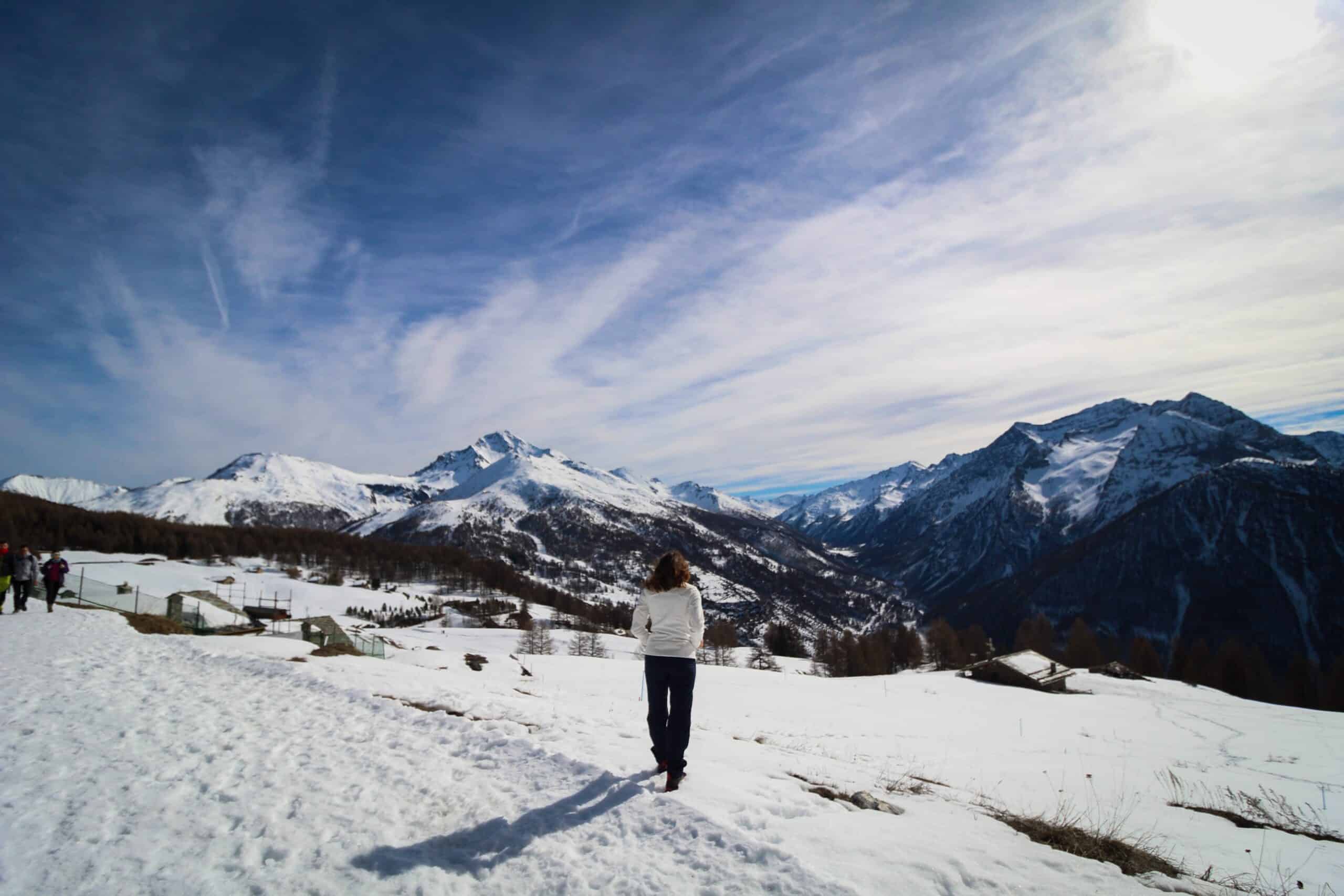
This versatile shot provides visual context by including important elements of the setting while keeping the character prominent.
Wide shots work well for group scenes with multiple characters. The wide framing allows for the viewer to see relationships and interactions between characters in relation to each other and their surroundings.
Full Shot
The full shot, sometimes referred to as a full-length shot, shows the entire body of a character from head to toe. It is framed from a medium distance and includes very little background setting. The focus is entirely on the subject.
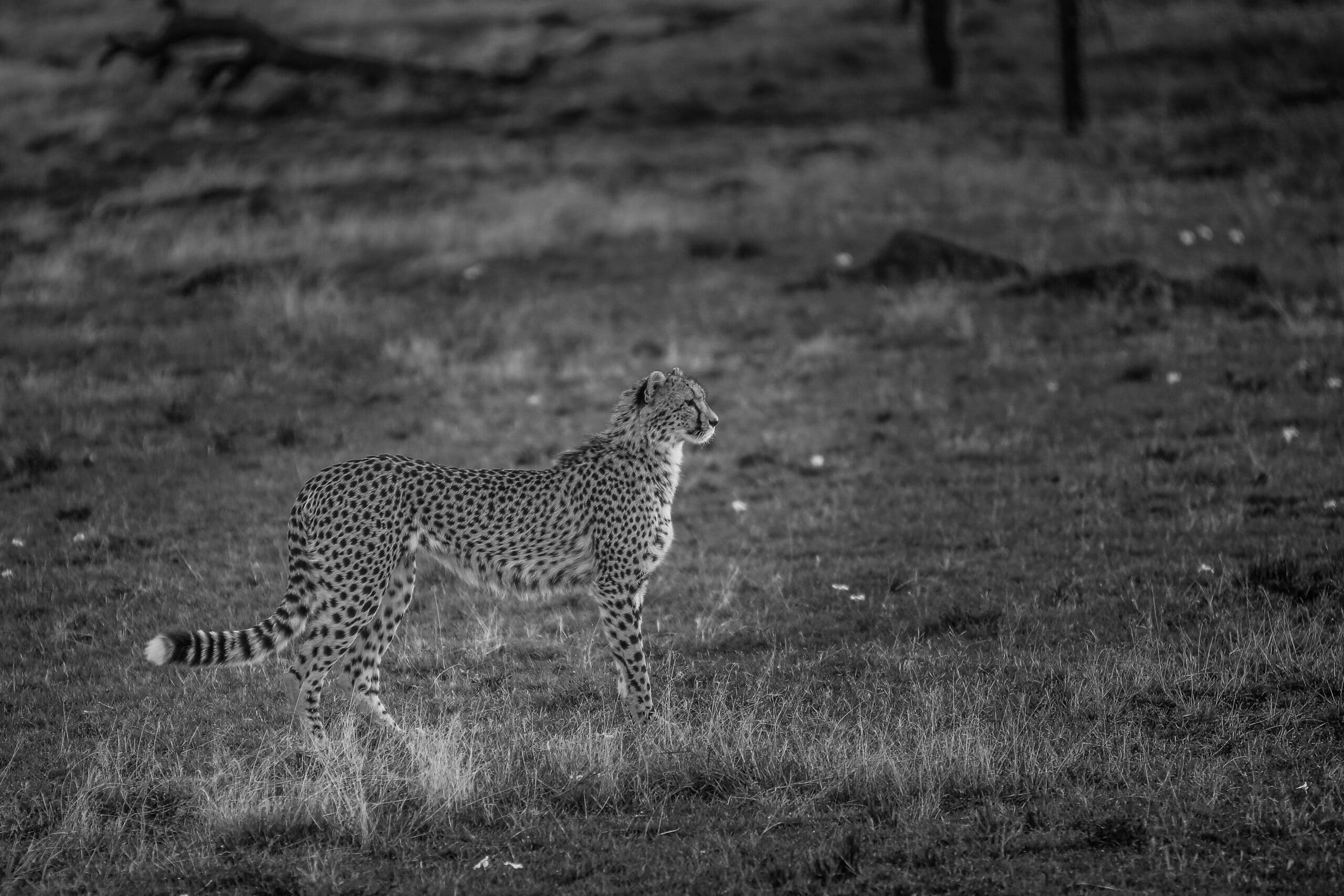
Full shots are excellent for showing full body movements, entrances, exits, and costume details. They provide more focus on the subject than regular wide shots. Full shots put the emphasis on the characters while still providing some environmental context.
Long Shot
The long shot typically shows a full human figure along with a substantial portion of the locale. It’s wider than a full shot, but not as wide as an extreme wide. Long shots are useful for depicting subjects interacting in busy locales or expansive settings. The added scope allows the viewer to appreciate the scale of the surroundings.

A long shot can also be used for dramatic effect. By placing tiny human figures against gigantic backdrops, long shots emphasize feelings of isolation, loneliness or vulnerability.
Establishing Shot
The establishing shot is a type of wide shot used at the start of a scene to show the audience where the action is taking place. Establishing shots are overview perspectives that reveal the layout and scope of the primary setting. They are often extreme wide or long shots.
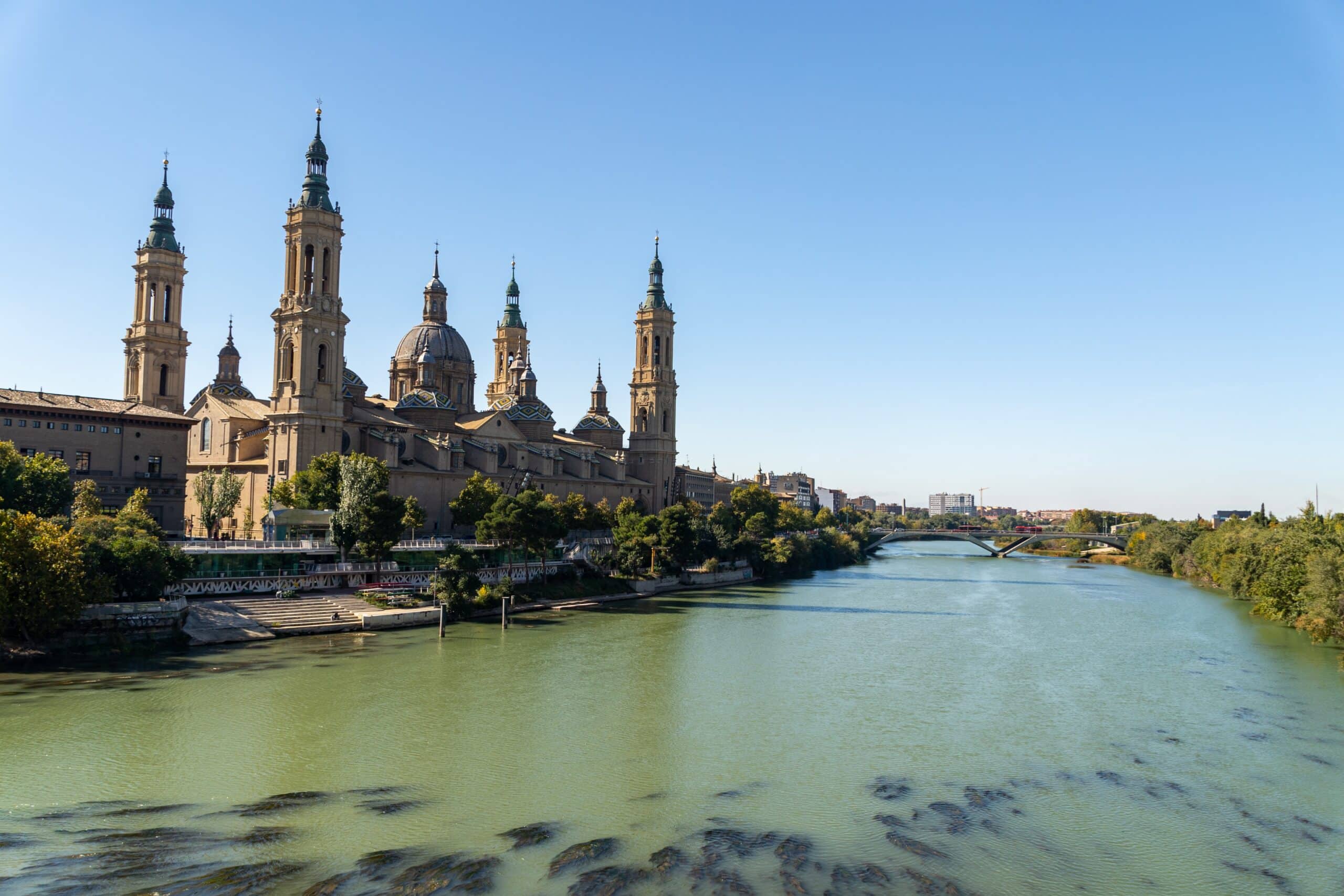
Establishing shots provide visual context and immediately orient the viewer. They set the scene by showing important elements like buildings, landscapes, vehicles or other details that provide a sense of place.
The establishing shot is like an introductory overview before the camera zooms in on the details.
Master Shot
A master shot shows the entire breadth of a scene from start to finish, often encompassing wide angles and multiple subjects. It serves as a blueprint for editing by providing coverage of the whole scene prior to shooting close-ups and inserts.

The master shot is the most “zoomed out” perspective that contains all onscreen elements required for the scene. It provides the editor options and flexibility, allowing them to later cut in alternate angles, reactions, details, etc. Master shots ensure complete scene coverage.
Advantages of Wide Shots
There are many reasons filmmakers choose to go wide with their shots.
Here are some of the major benefits of using wide shots:
- Establish story settings and provide viewer orientation
- Convey a sense of scope, scale and tone
- Reveal relationships between characters and environments
- Dwarf characters against dramatic backdrops for effect
- Enable unobstructed view of subjects in motion
- Allow viewer to appreciate expansive scenery and set design
- Provide spatial context and interaction between multiple subjects
- Lend a sense of realism when beginning or ending scenes
- Economical way to cover conversations and group scenes
- Can be used as master shots that provide scene coverage for editing
- Creative visual variety from more common close-up perspectives
Tips for Shooting Effective Wide Shots
Used strategically, wide shots can greatly enhance a film’s visual style and storytelling impact.
Here are some expert tips for getting the most out of wide shots:
- Identify ideal establishing shots that introduce the setting and orient the viewer at the start of a scene. Look for elevated perspectives that show the big picture.
- Use extreme wides to make characters and objects look small, vulnerable or isolated within an environment.
- Capture expansive settings and landscapes with wide-angle lenses. Move the camera through the space to reveal details.
- Frame characters at a distance allowing comfortable headroom when they’re talking or in motion.
- Pan wide shots slowly to gradually reveal details of the setting for increased impact.
- Track subjects by having them walk toward or away from the camera within a wide shot.
- Maximum depth of field keeps landscapes/cityscapes sharp when shooting wide.
- Keep camera level and horizon lines straight when shooting exteriors and landscapes.
Common Uses of Wide Shots
Wide shots serve many purposes in cinematography.
Here are some typical applications:
Introducing New Locations – Extreme wide and long shots can provide breathtaking vistas of new cities, remote countrysides or foreign lands. Going wide with an establishing shot sets the scene in an intriguing way.
Showcasing Environments – Wide perspective shots allow you to do exposition by exploring interesting environments like futuristic buildings, lived-in homes, alien landscapes, etc.
Enhancing Scope and Scale – Extreme wide shots enhance the scope, scale and production value by encompassing entire desert plains, mountain ranges, crowds of people, sprawling future cities, etc.
Revealing Relationships – Wide group shots allow audiences to see how characters relate and behave towards each other within an environment from a comfortable distance.
Entrances and Exits – Wide shots tracking forward or backward move the viewer through the space as characters enter and exit scenes. This shot movement creates interest while showing the setting.
Conveying Tone – The creative use of extreme wide shots from a distance can convey a tone or mood, such as chaos in an urban environment or solitude in the wilderness.
Comedic Effect – Placing tiny figures in the far background of a wide shot can be humorous. The extreme distance shows they’re oblivious to something important happening in the foreground.
Notable Wide Shots from Film History
Many groundbreaking and aesthetically impactful wide shots can be found throughout cinema history. Here are some noteworthy examples:
Citizen Kane

The film opens with an extreme long shot out the window of the enormous Xanadu estate, conveying the titular character’s wealth and isolation.
Lawrence of Arabia
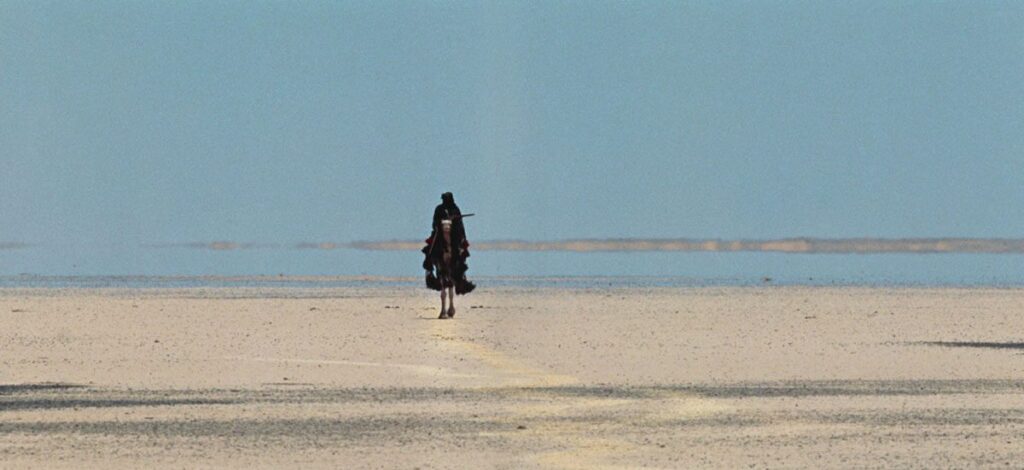
David Lean uses expansive desert landscapes in a wide format to immerse viewers in the massive scale and scope of the open Arabian desert.
The Searchers
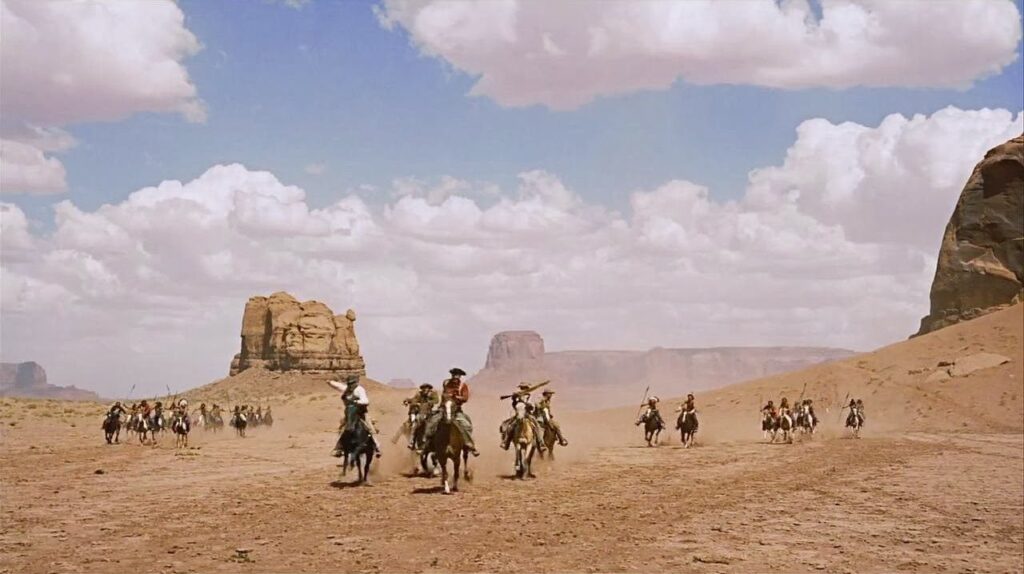
Director John Ford relied heavily on shots of the vast Monument Valley to represent the epic frontier wilderness and the uncertain journey ahead.
Blade Runner

Establishing wide shots of the dystopian future Los Angeles showcases the towering cityscape and massive advertising billboards defining the setting.
Forrest Gump
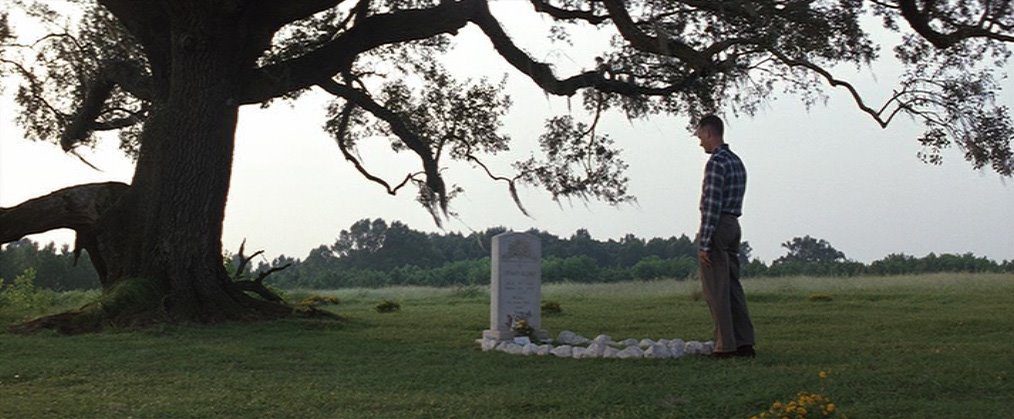
An extreme wide shot shows the title character as a lone figure in the vast landscape, emphasizing his isolation and small place in the tumultuous 60s.
Once Upon a Time in the West
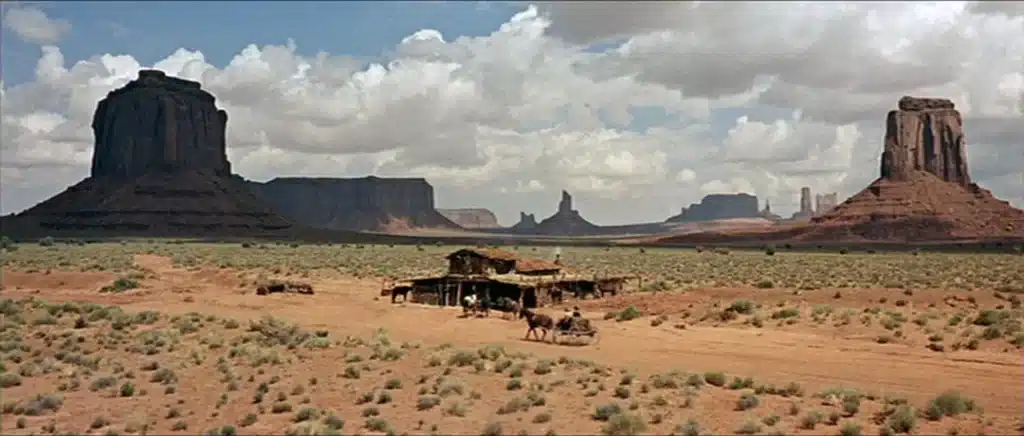
Sergio Leone reveals the vast scope of the American Old West in widescreen establishing shots with tiny details like trains bisecting the landscape.
The Wide Shot in Modern Filmmaking
While styles and tastes have evolved, the wide shot remains a fundamental filmmaking technique used by today’s top directors.
Wide shots continue to be employed in contemporary movies for key reasons:
- Advances in camera drones provide amazing new overhead wide perspectives.
- Extreme wide CGI environments transport viewers to fantastical worlds and landscapes.
- Cityscape and nature wilderness wide shots continue to capture the audience’s imagination.
- Wide shots of groups retain their power to reveal relationships and interactions in new ways.
- New shooting locations and cultures still require artful establishing shots to transport viewers.
- Creative directors develop innovative new wide shot compositions, motions and transitions.
The amazing visual scope and immediacy of the wide shot ensure this versatile technique will impact cinematic storytellers for generations to come.
Conclusion
As this article has shown, wide shots are an essential technique in a filmmaker’s visual toolkit. Going wide with focal length or camera distance can profoundly impact the look, feel and narrative qualities of a film when utilized effectively.
Wide shots provide orientation, convey scope and environment, and help establish tone and mood.
Understanding the different types of wide shots available and learning how to move the camera creatively within wide perspectives can elevate any director’s craft.
Wide shots often work best alongside tighter shots, so finding the right balance is key. With so many visual storytelling possibilities, there’s no limit to the ways today’s filmmakers can harness the power of the wide shot.
FAQ – Wide Shot
What is the wide shot definition in filmmaking?
A wide shot is a type of camera shot that captures a large area of the scene, often including the entire subject and its surroundings. It is commonly used to establish the context of a scene and to show the relationship between characters and their environment.
How do filmmakers use a wide shot in their projects?
Filmmakers use a wide shot to create a sense of space and scale within a scene. This type of shot allows the audience to see the entire scene, helping to set the mood and context for the action that follows.
Can you provide a wide shot example?
An example of a wide shot can be seen in a landscape scene where the camera captures a vast field with a small house in the distance. This shot not only shows the house but also emphasizes the isolation of the setting.
What is the purpose of using an extreme wide shot?
The purpose of using an extreme wide shot is to showcase a broader perspective of the environment, often to highlight the scale of the setting or to emphasize the insignificance of the subject within that space. It can be particularly effective in establishing shots.
What are some extreme wide shot examples?
Extreme wide shot examples include scenes of a city skyline from a distance or a character standing alone on a mountain peak, where the vastness of the landscape is emphasized, creating a dramatic effect.
How does a cinematographer decide when to use wide shots?
A cinematographer decides to use wide shots based on the narrative needs of the film. They consider the emotional impact, the need to establish a setting, and how the shot will fit into the overall shot list and flow of the scene.
What is the significance of shot size in filmmaking?
Shot size is significant because it affects how the audience perceives the action and emotions of the characters. Wide shots can create a sense of distance or isolation, while tighter shots can draw viewers closer to the characters’ emotions.
How can a filmmaker create a perfect wide shot?
To create a perfect wide shot, a filmmaker should consider the composition, focal length, and the elements within the frame. They should ensure that the shot captures the intended context and conveys the desired emotional tone of the scene.
What is a guide to shot sizes in filmmaking?
A guide to shot sizes in filmmaking categorizes different types of shots based on their framing and distance from the subject. It typically includes close-ups, medium shots, wide shots, and extreme wide shots, helping filmmakers choose the appropriate shot for their storytelling needs.
Why do filmmakers often go wide in their shots?
Filmmakers often go wide in their shots to provide the audience with a comprehensive view of the scene, allowing them to understand the spatial relationships and dynamics between characters and their environment, which enhances the storytelling experience.



